
Block printing is one of the traditional techniques of printing with natural colour.The process starts from preparing the cloth to finished printed fabrics through their indigenous methods. Motifs having some specialty are transferred onto light coloured background with wooden blocks following two styles – direct and resist style.
Explore Feathers Closet's Hot selling bagru products while gaining the knowledge.
Under the bright desert sun of northwest India, small things sometimes cast long shadows. Take the town of Bagru, for example: Just a short drive from Jaipur on the highway to Ajmer, this Rajasthani village has developed a decidedly large influence on the art of Indian block printing.
For at least 400 years, Bagru has been home to the Chhipa — a clan whose name comes either from a Gujarati word meaning “to print” or from combining two Nepal Bhasa words: ‘chhi’ (“to dye”) and ‘pa’ (“to leave something to bask in sun”). The latter theory feels especially true as you walk through the vast communal drying fields that connect the Chhipa Mohalla —the village printers’ quarters. The air here is redolent with the fragrance of drying fabric; The ground and the concrete walls are covered in resplendent oranges, blues, and pinks.
Although this technique is facing problems against the threat of globalization, this exotic art of creation is required to be encouraged in the present context of environmental consciousness. Introduction Indians were among the pioneers in the art of dyeing and printing with fast (natural) colour in the world.
Walk into any printer’s quarters in Bagru and you’ll often see the same tools: A long, low printing table, the blocks (of course), and a rolling trolley which holds a dye tray and a few other items.
For regular hand block printing, a printer first dips the wooden printing block in the dye tray before pounding the center of the block onto the fabric with his or her fist. The pattern is repeated, aligning the blocks by eye.
Traditional Bagru prints use dark (or colored) patterns on cream or dyed backgrounds. Another style, called dabu, creates light-colored motifs on a dark background using mud-resist printing. There are also items made with discharge printing, using citric acid on grey alum dye.
The natural environment is, in the end, what makes Bagru block printing so identifiable. The weather. The water. The wind and the dust. The wood in the blocks and the plants in the dyes.
The seasons which drive production here are natural, not industrial: During the hot and dry months, workers fill the courtyards with fabrics — until monsoon season brings work to a halt.
In this age where machines churn out yards of fabric limitations, here is a product that is created by hand with utmost skill and care. This factor alone is sufficient to mark the uniqueness of this technique. However, as another special quality that few other designs can replicate. The technique has evolved over centuries, but most of the original methods remain intact, and each hand block printed fabric has its unique story to tell.



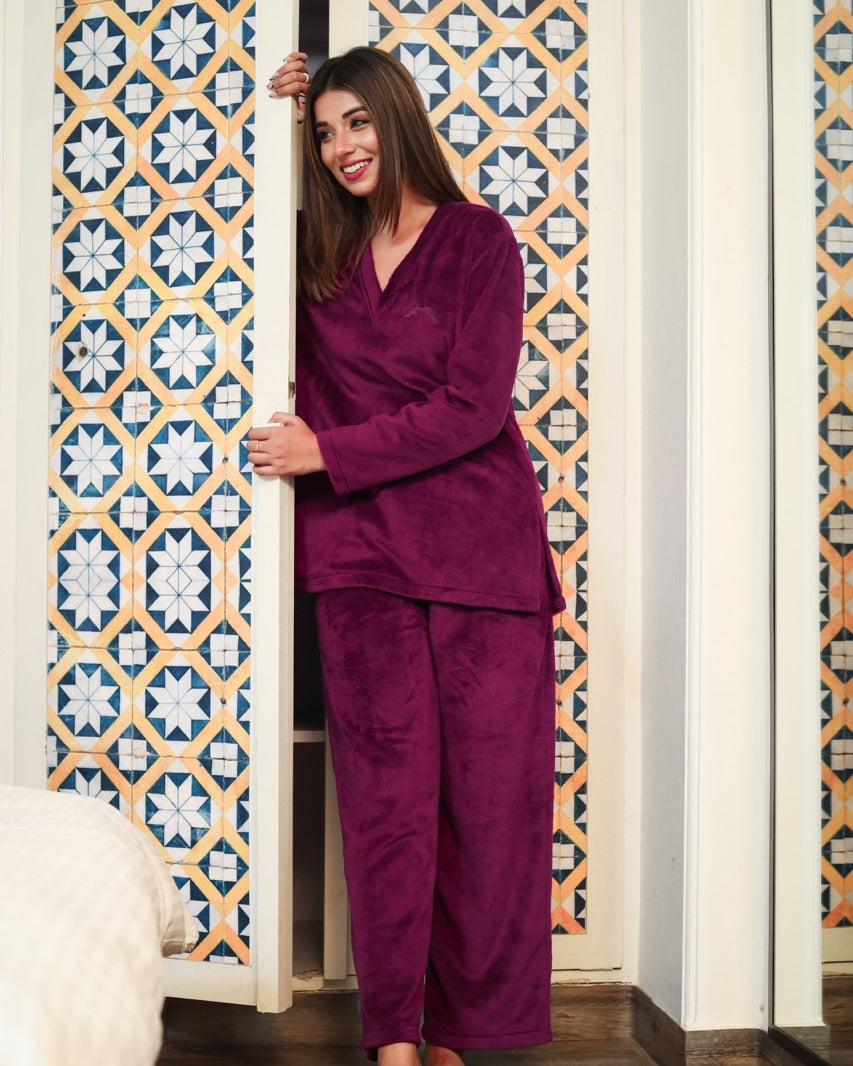
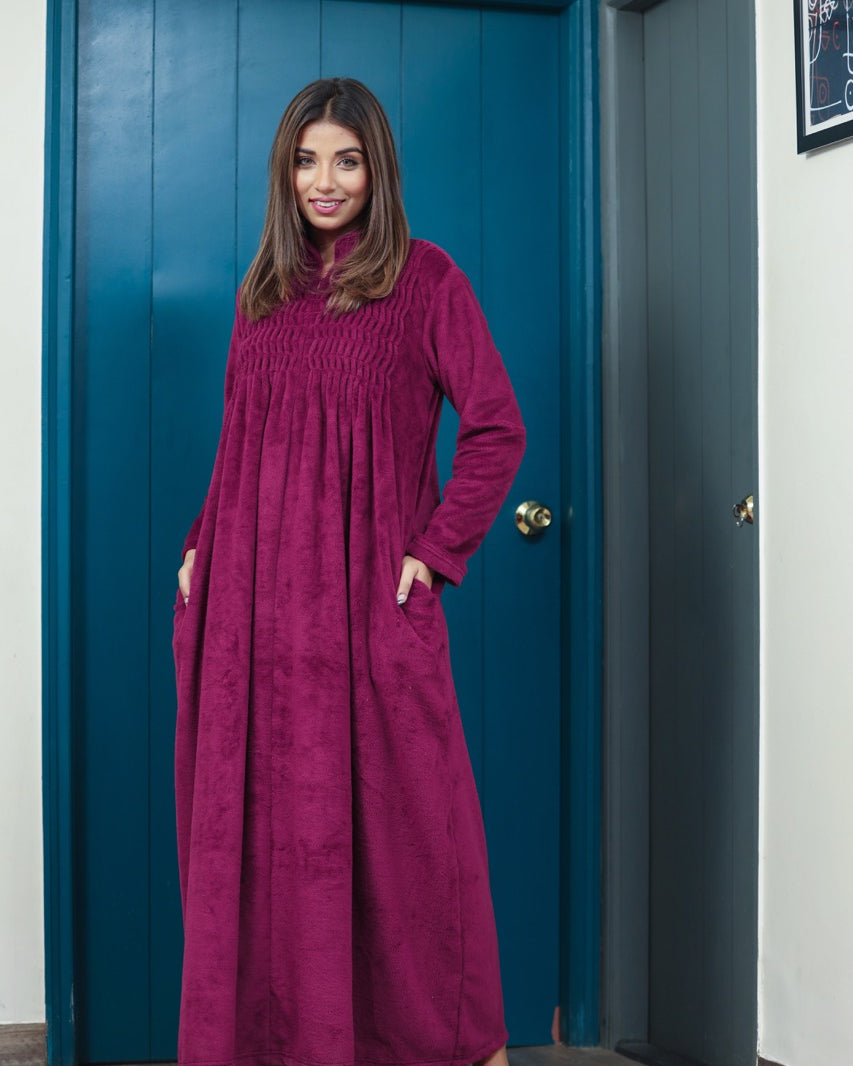
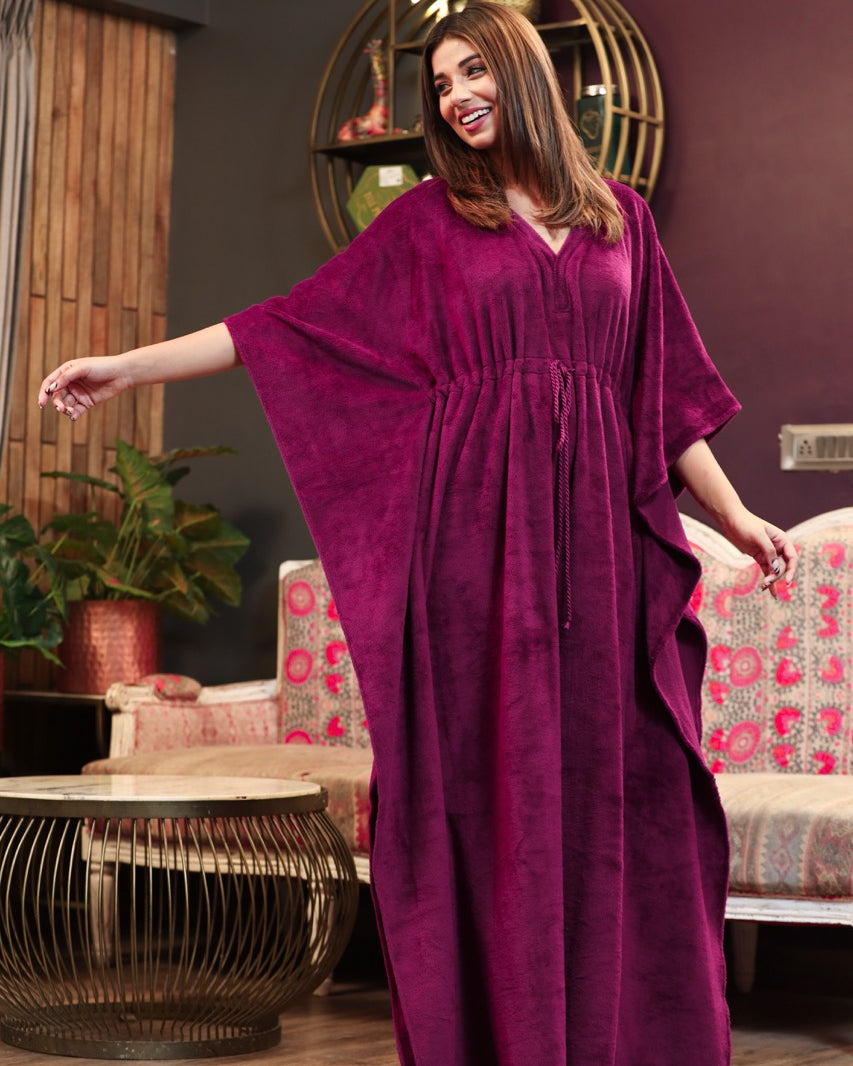
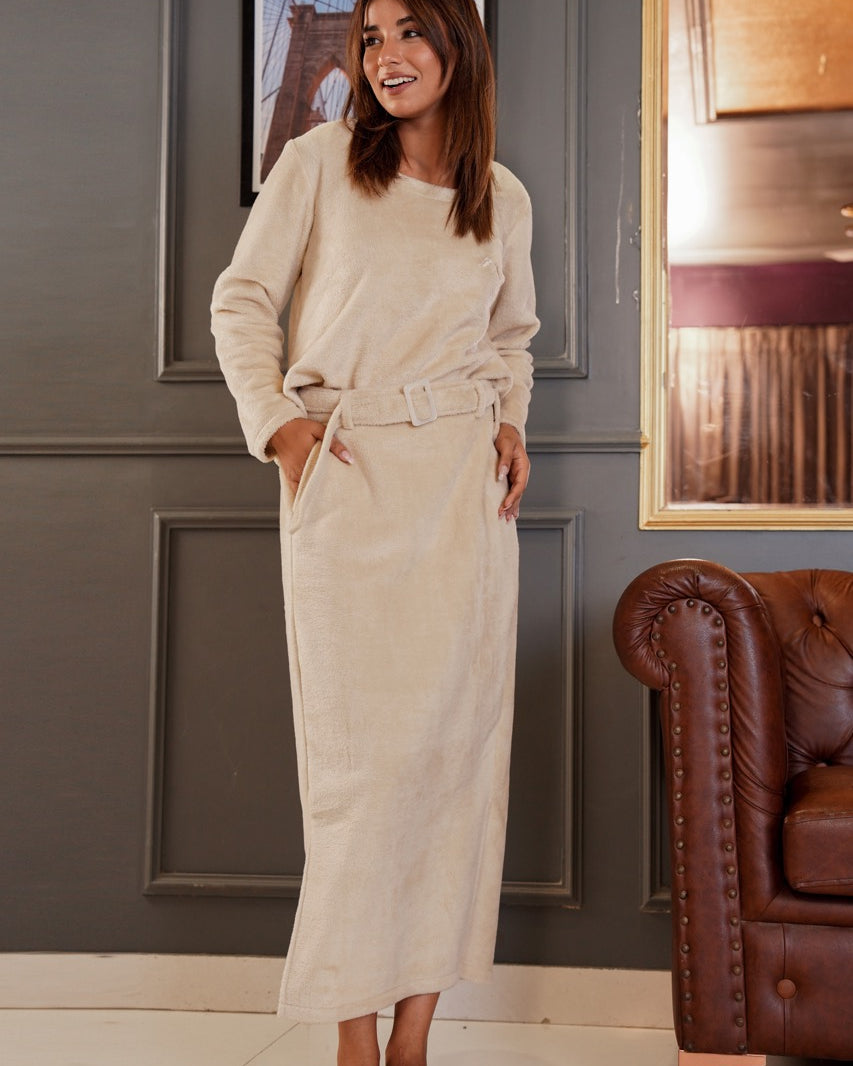
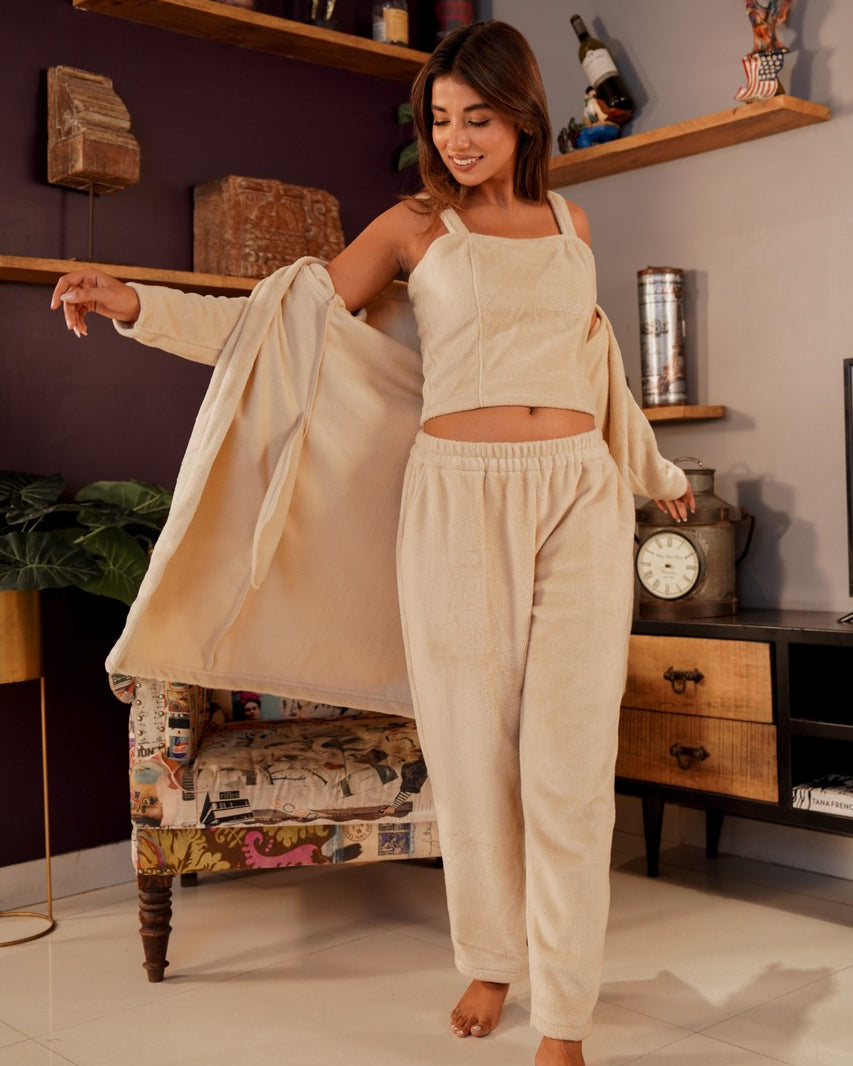
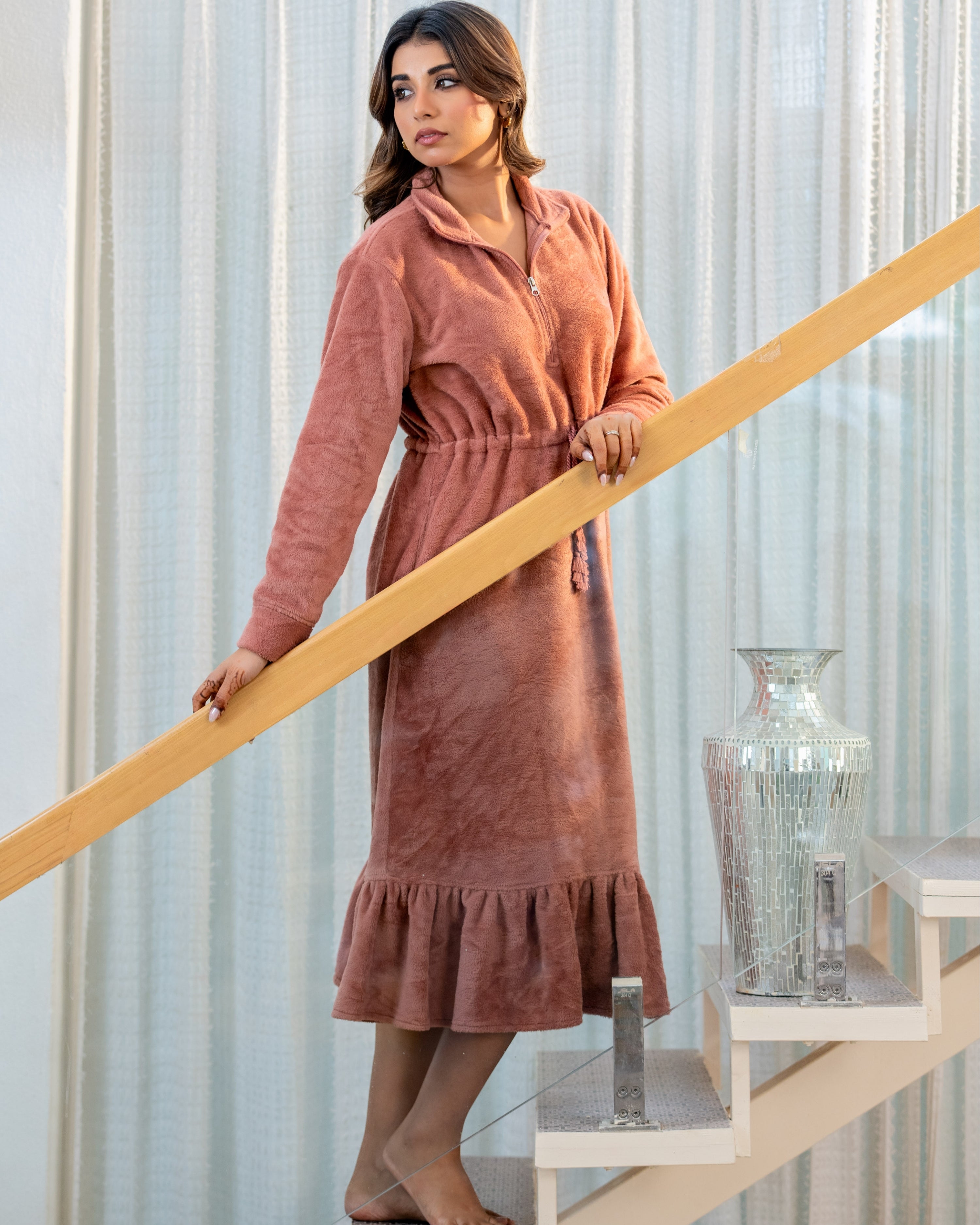
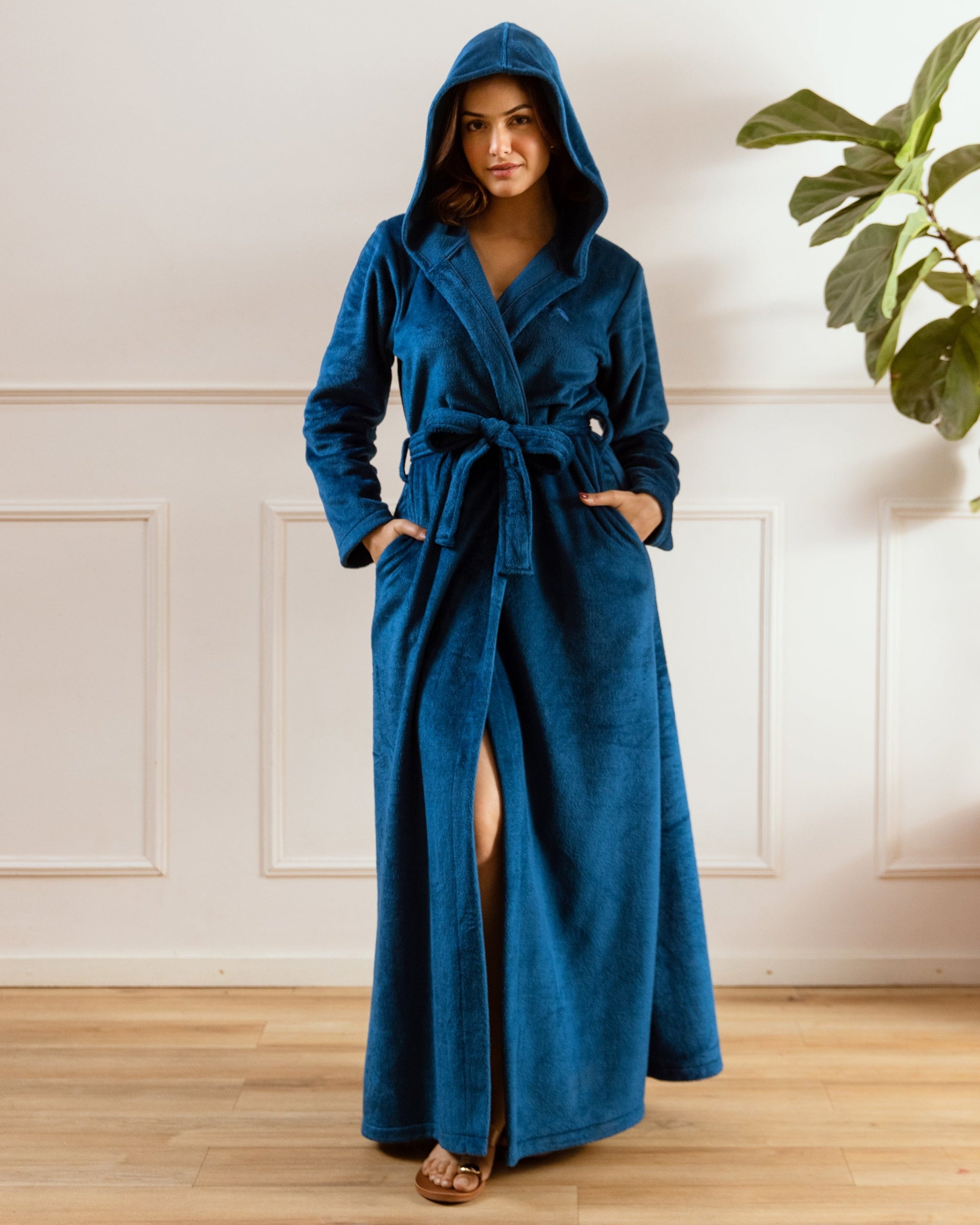
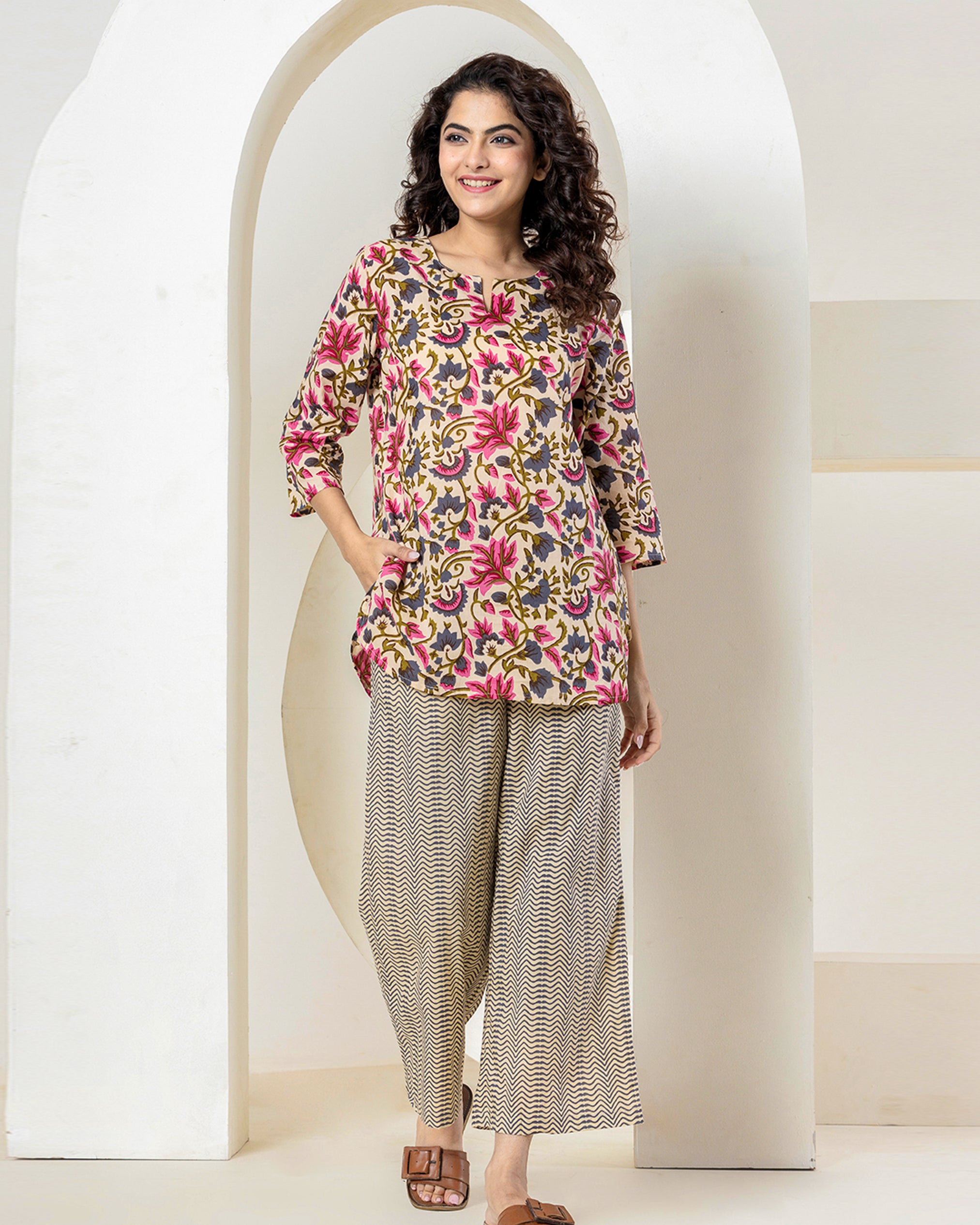
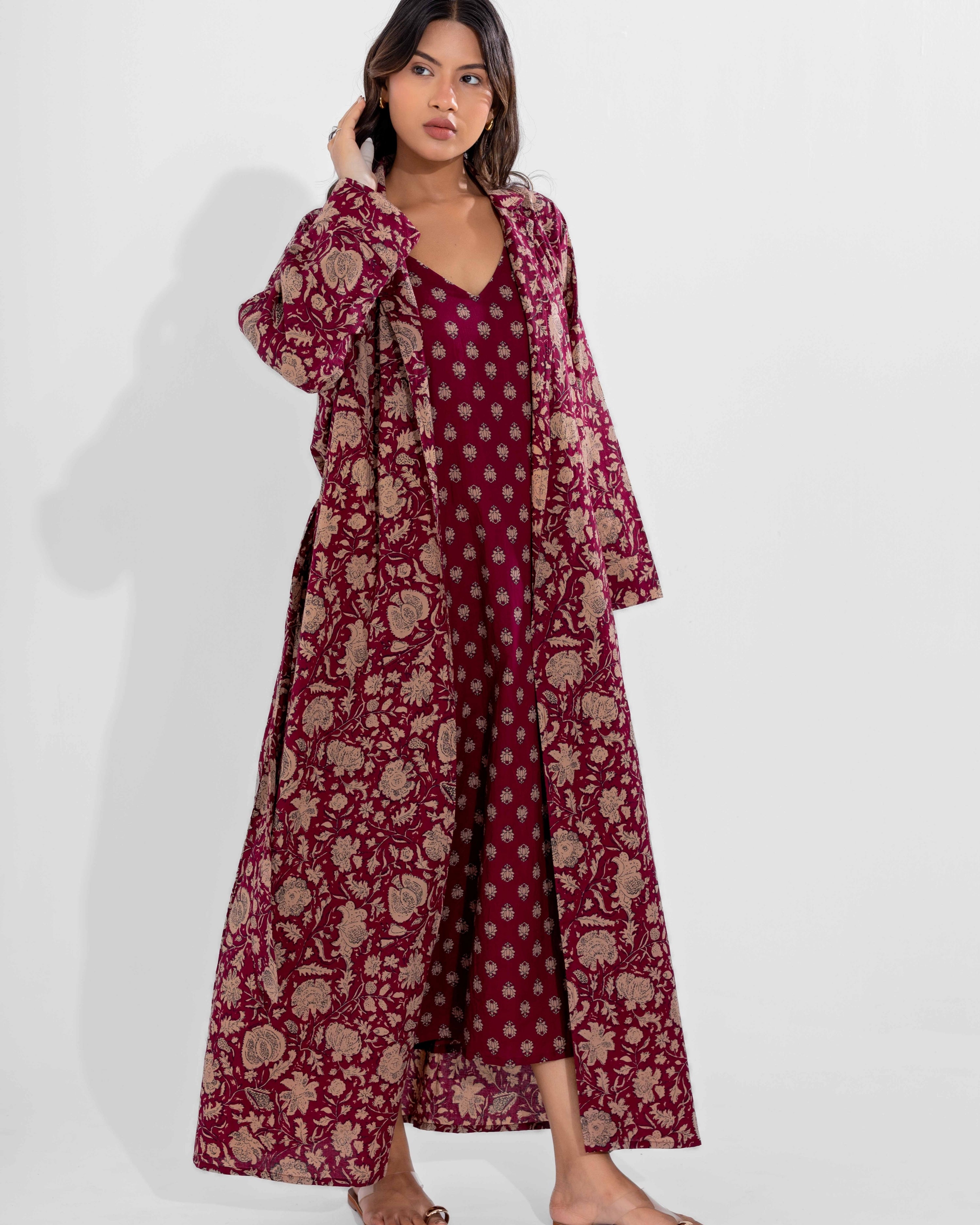
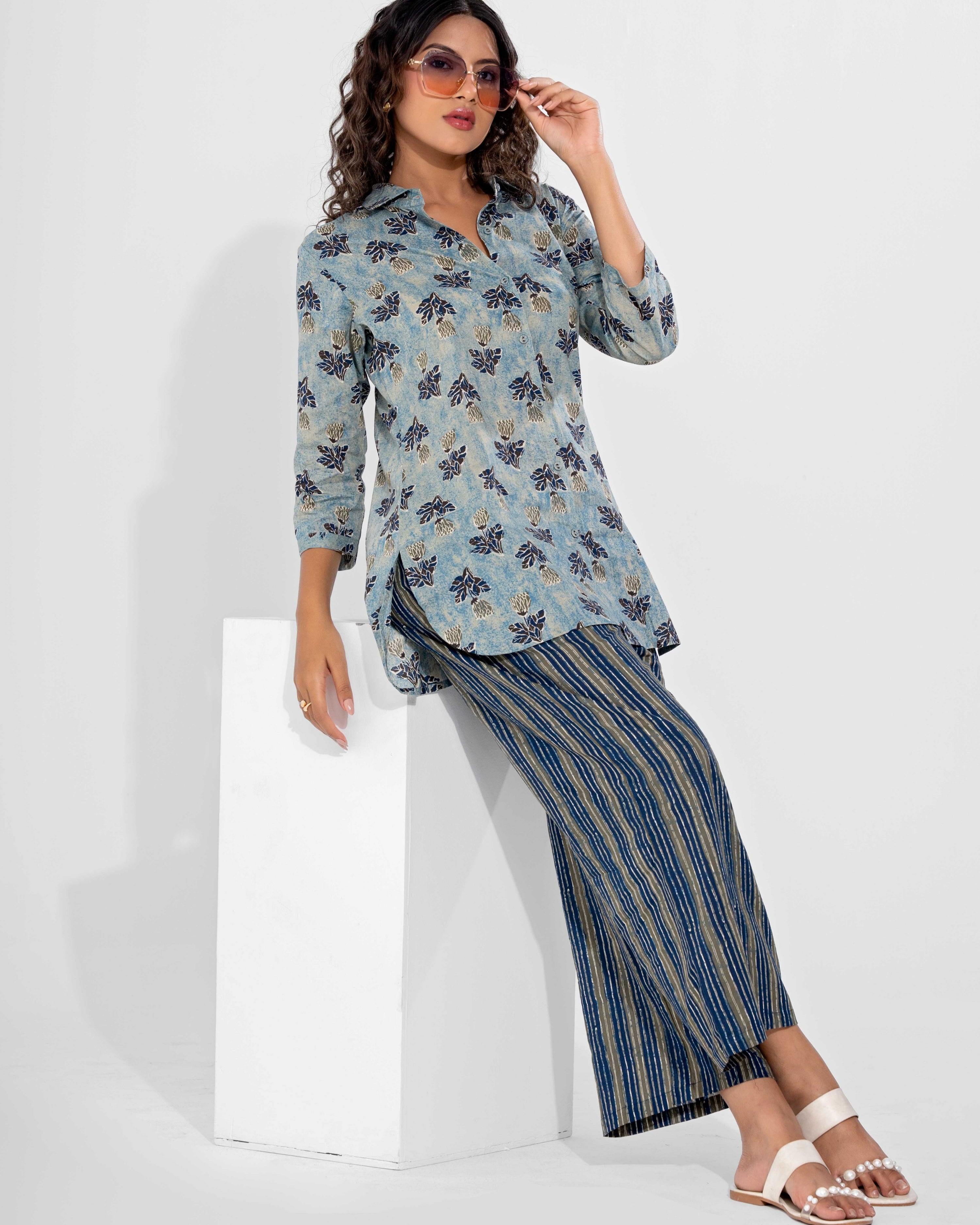
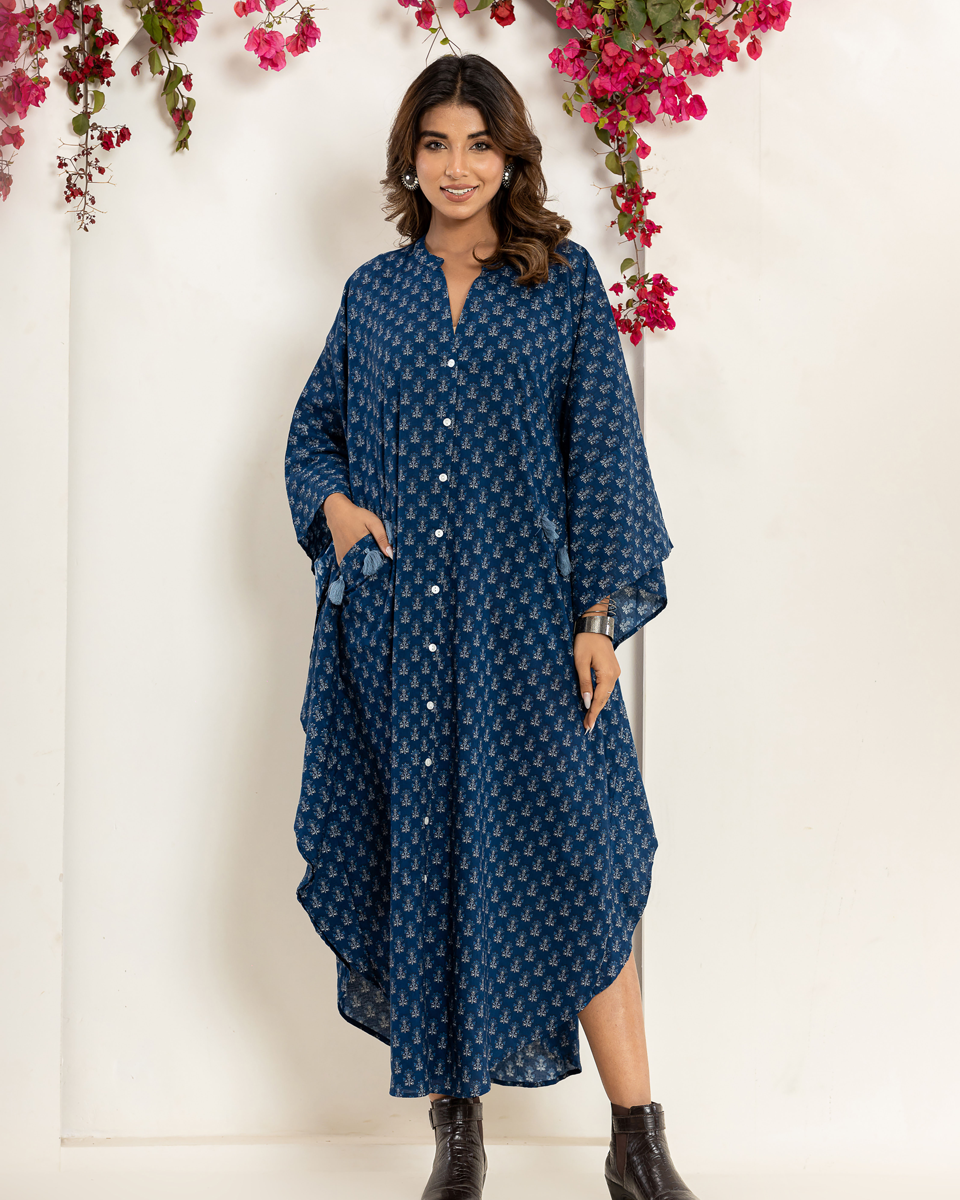
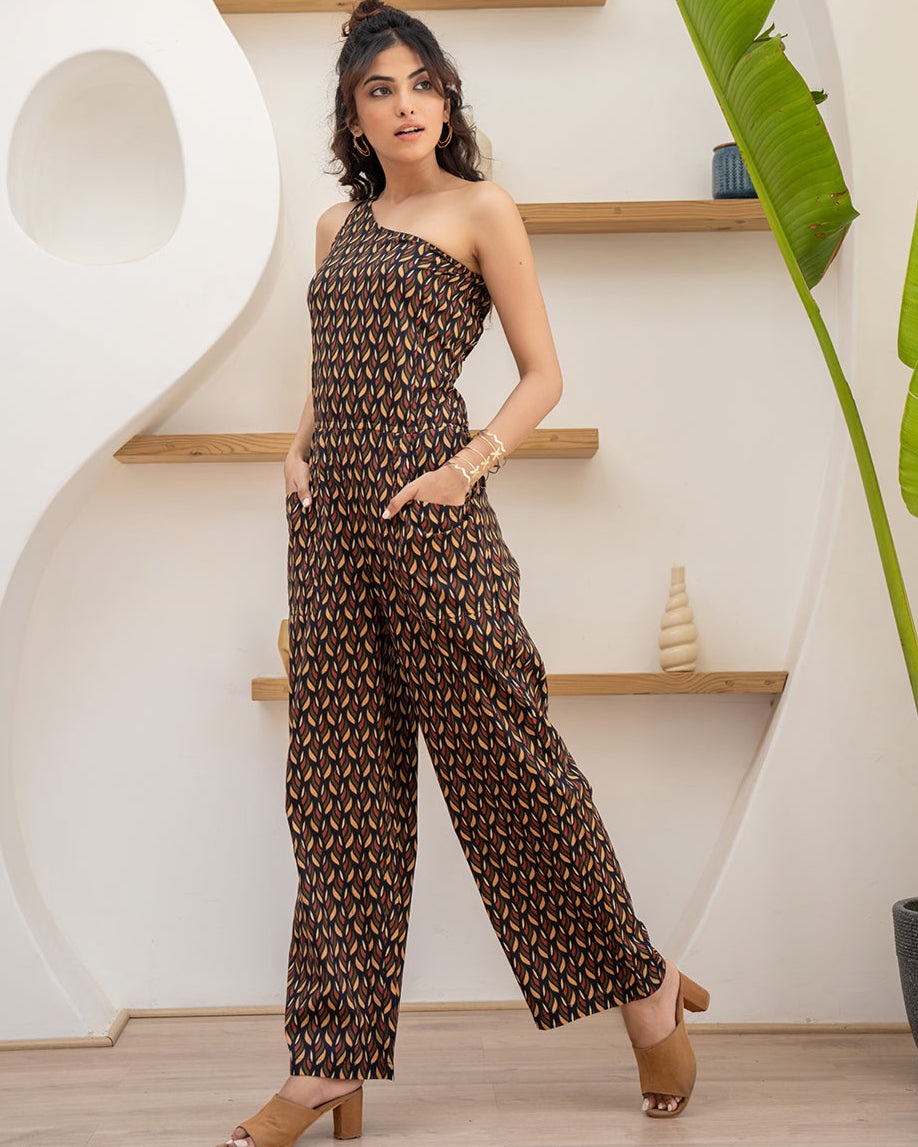

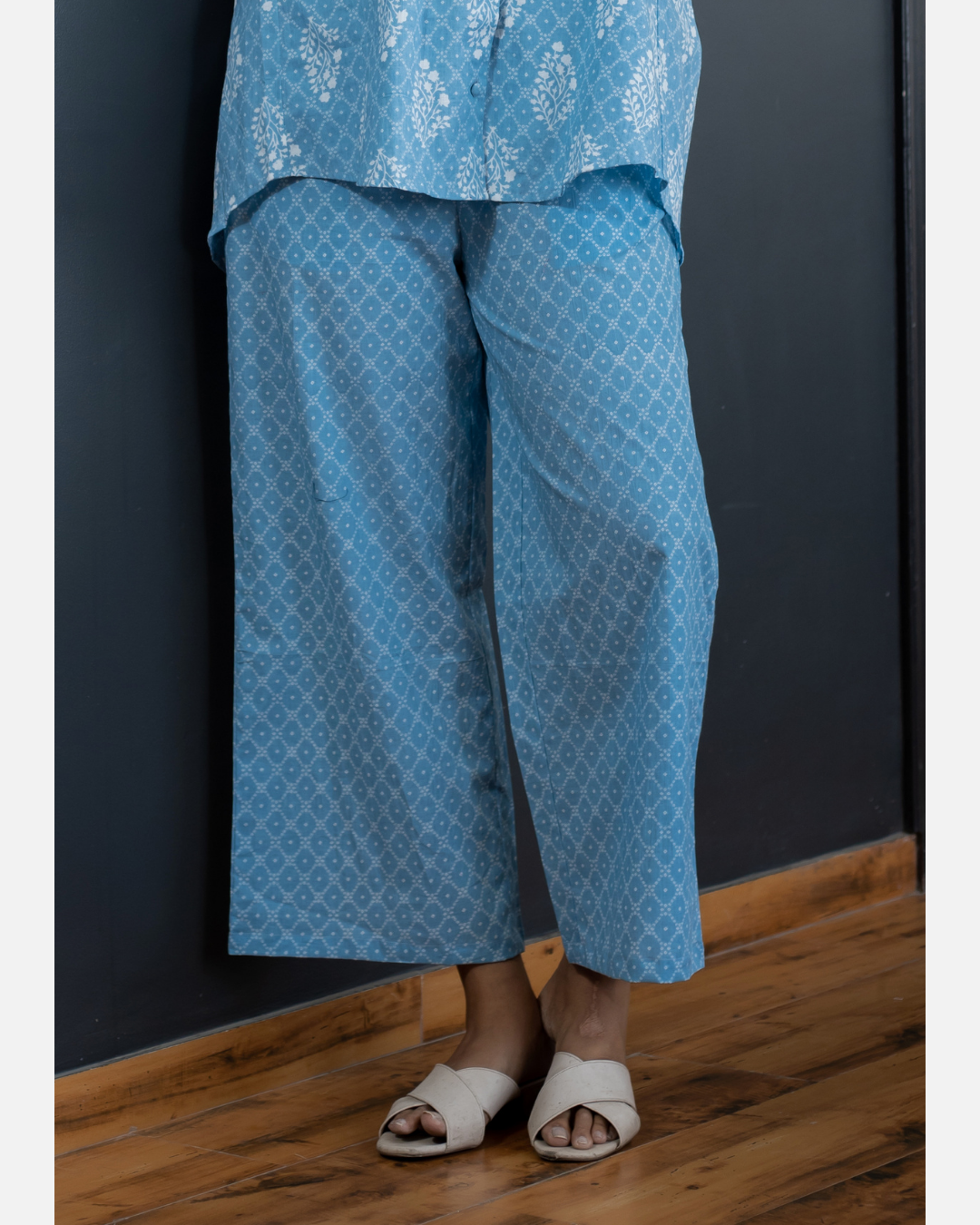
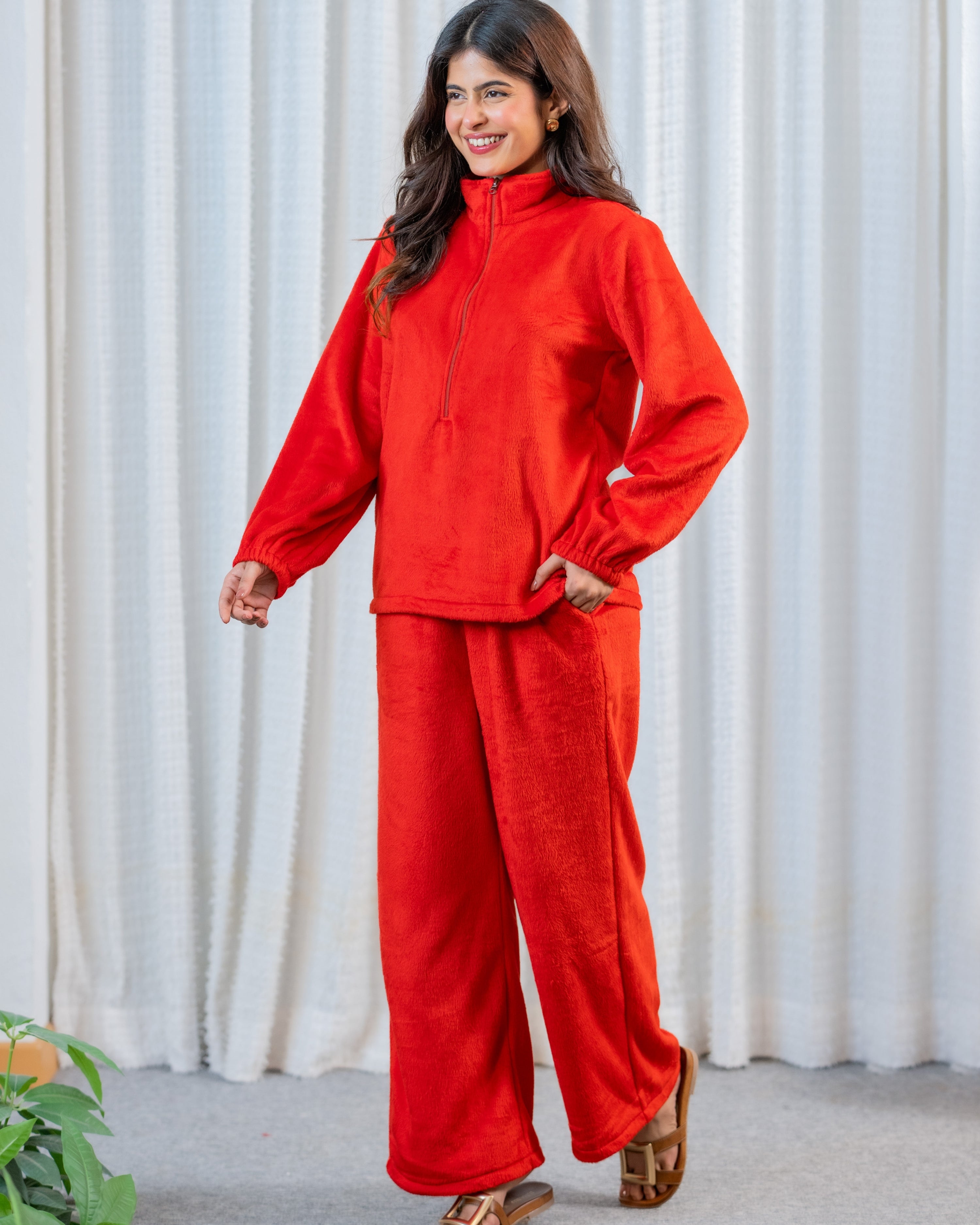
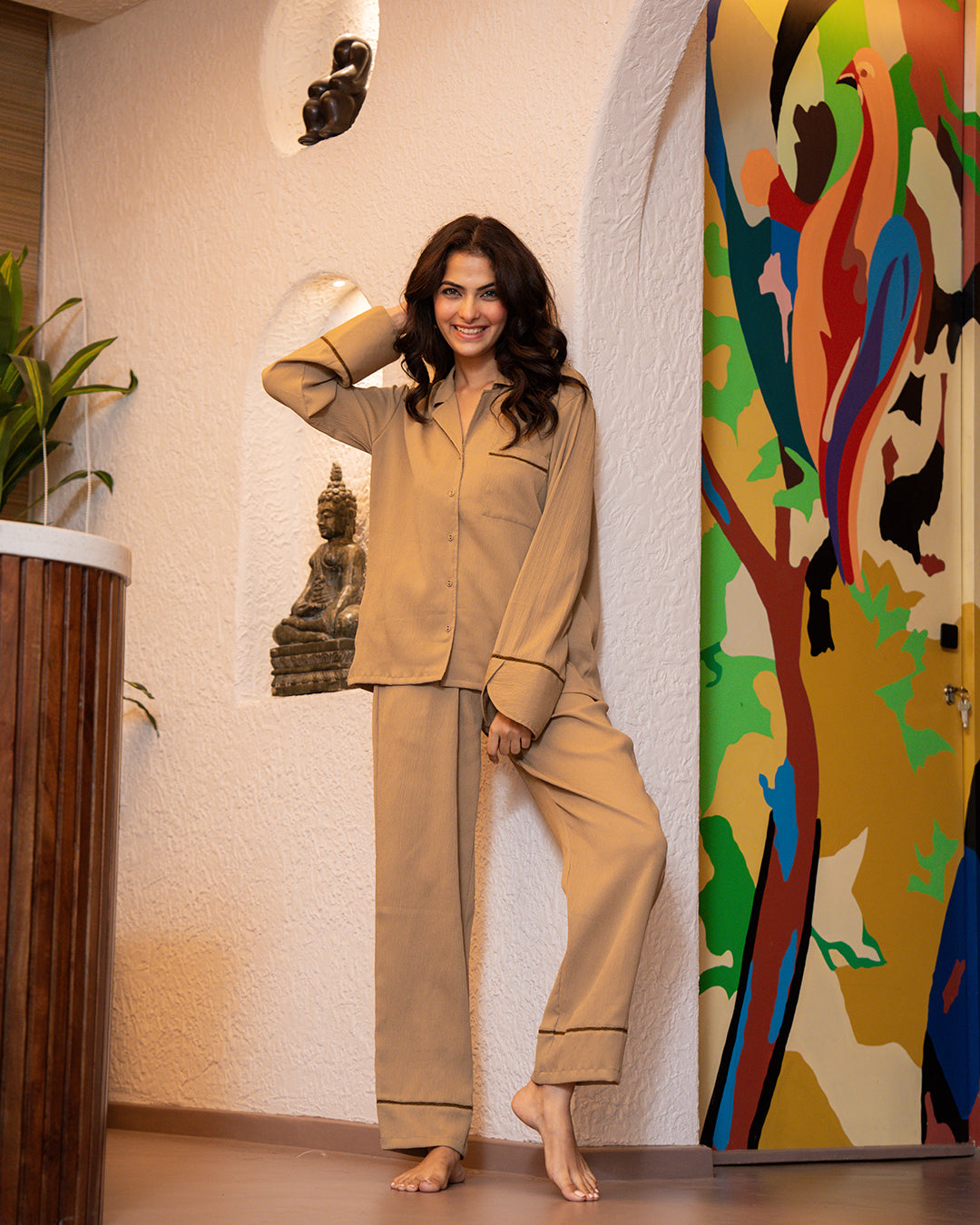
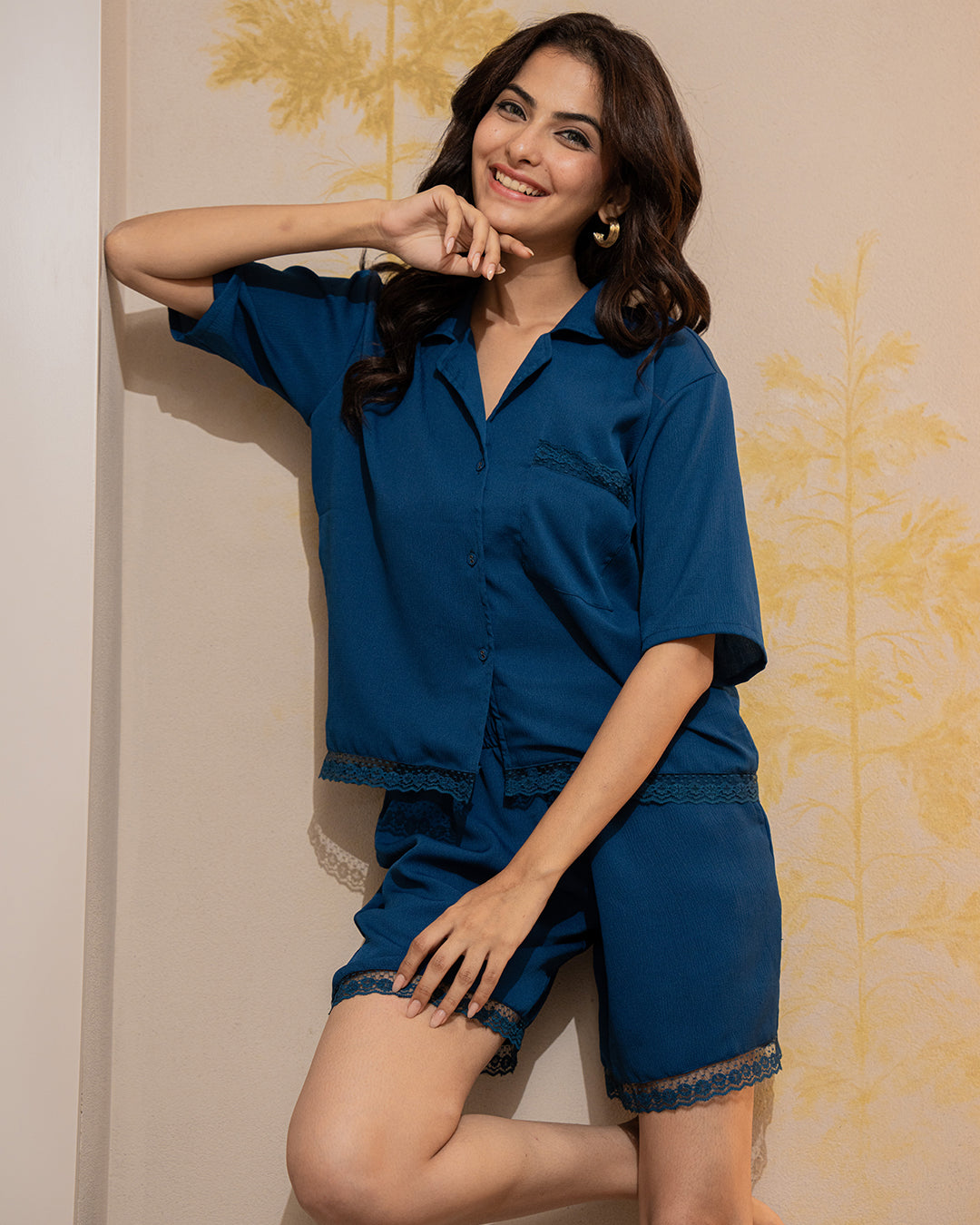
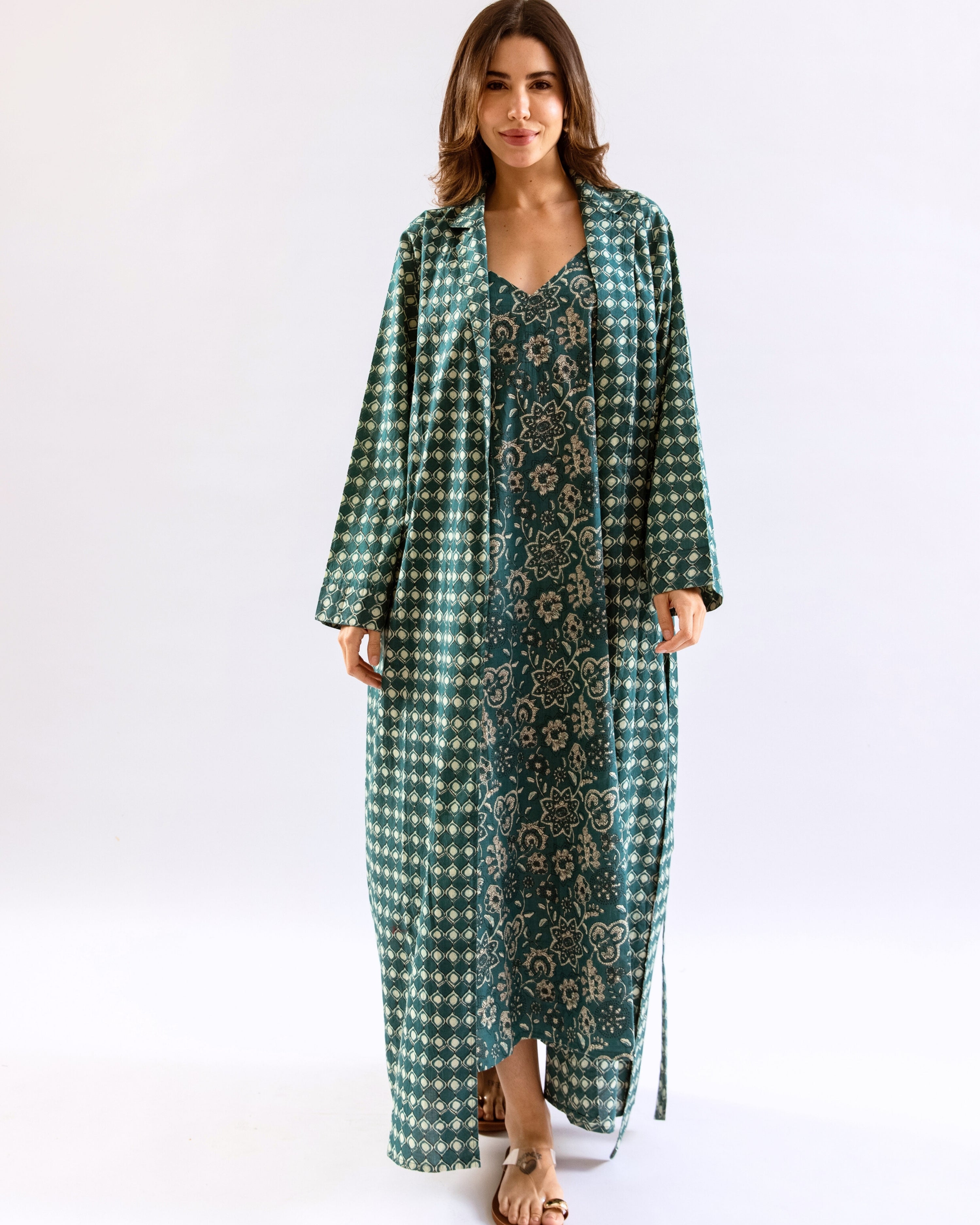
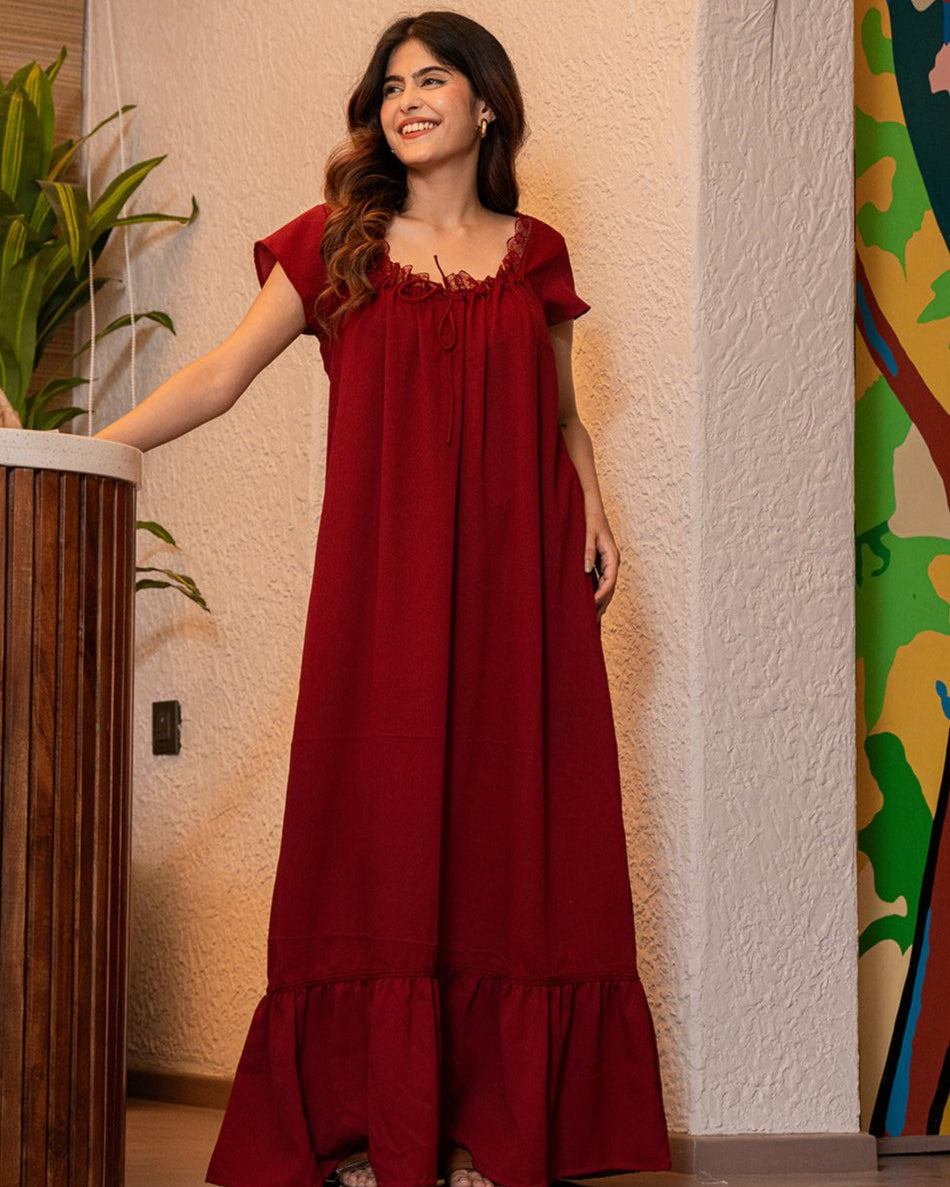
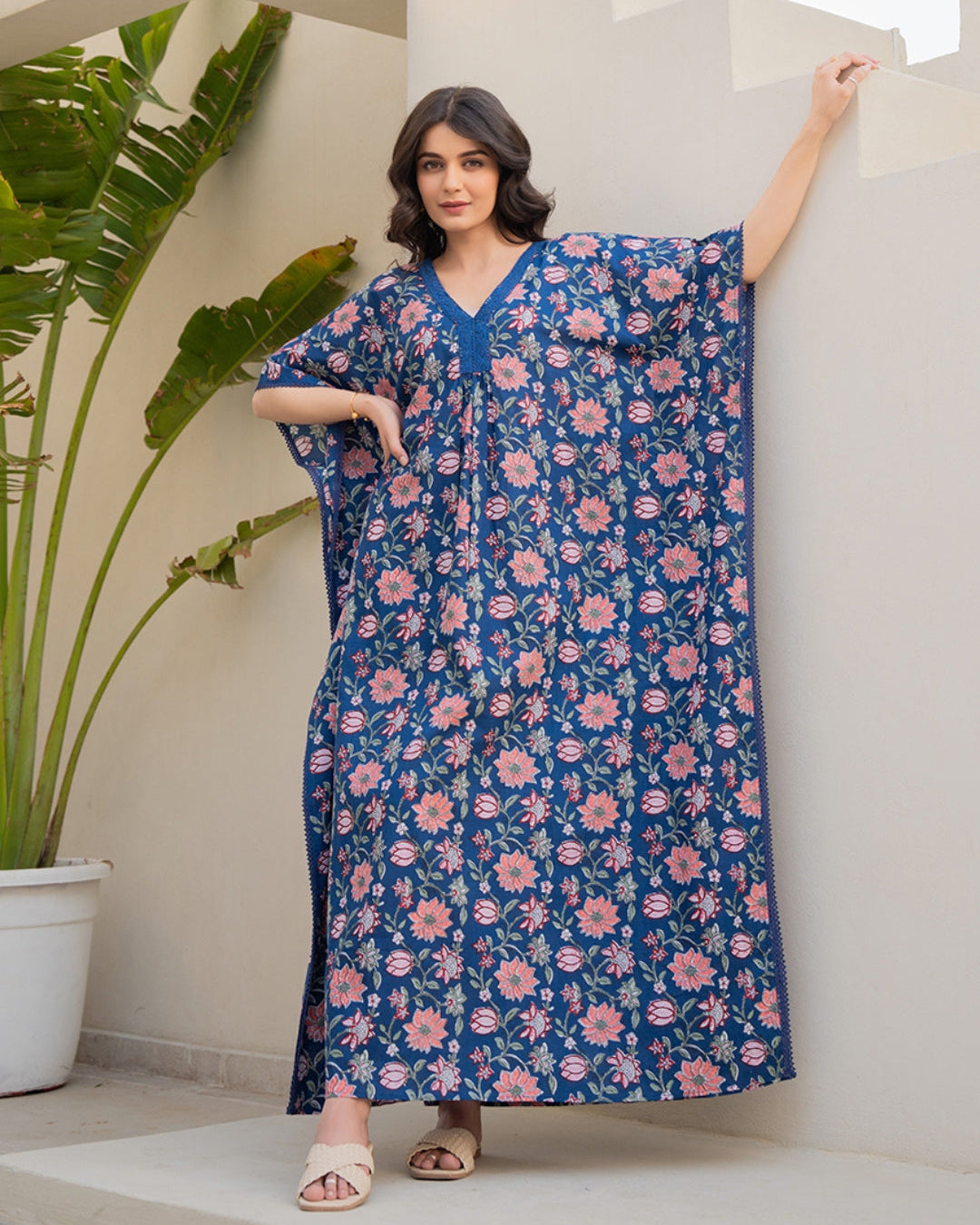
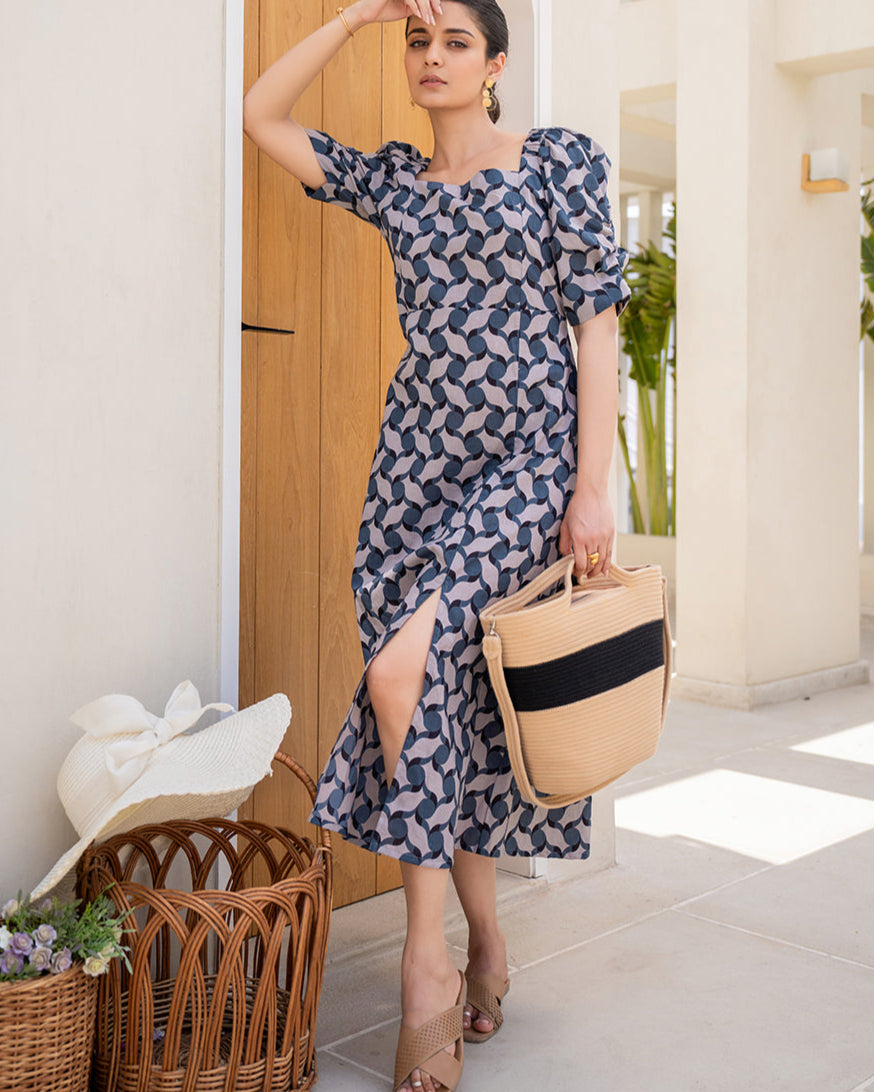
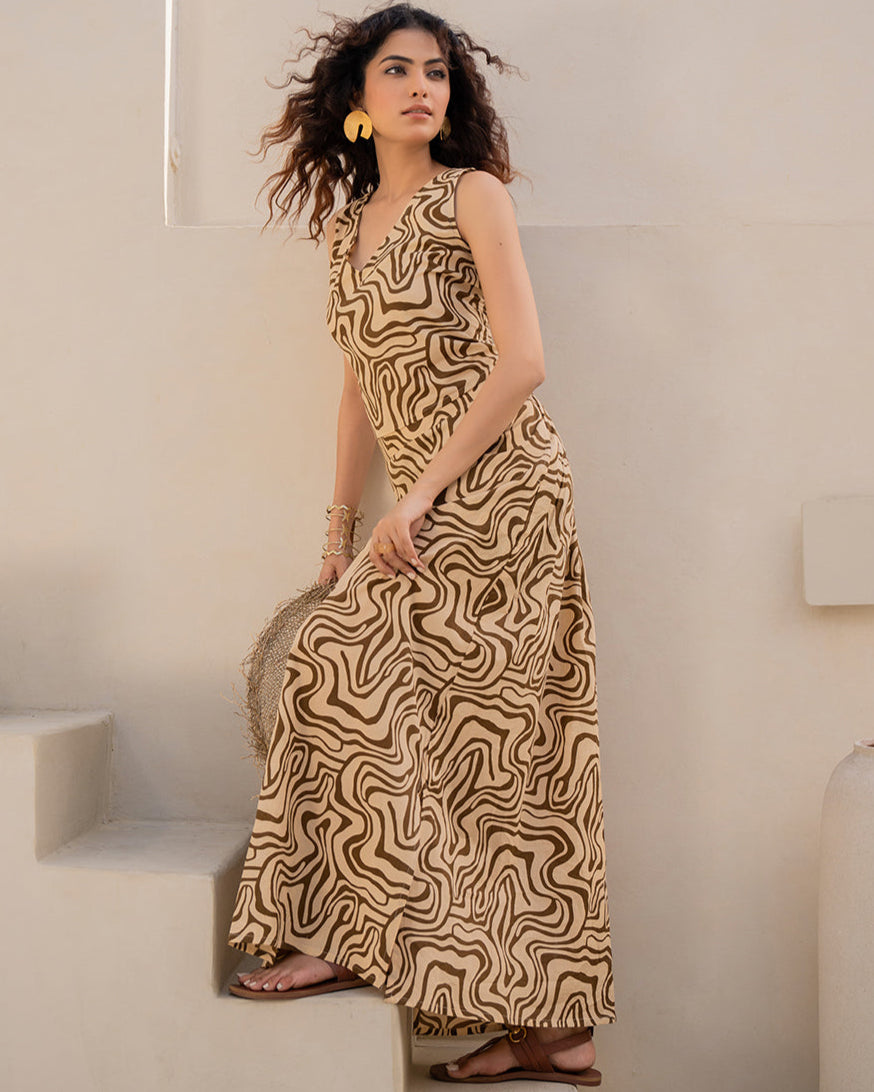
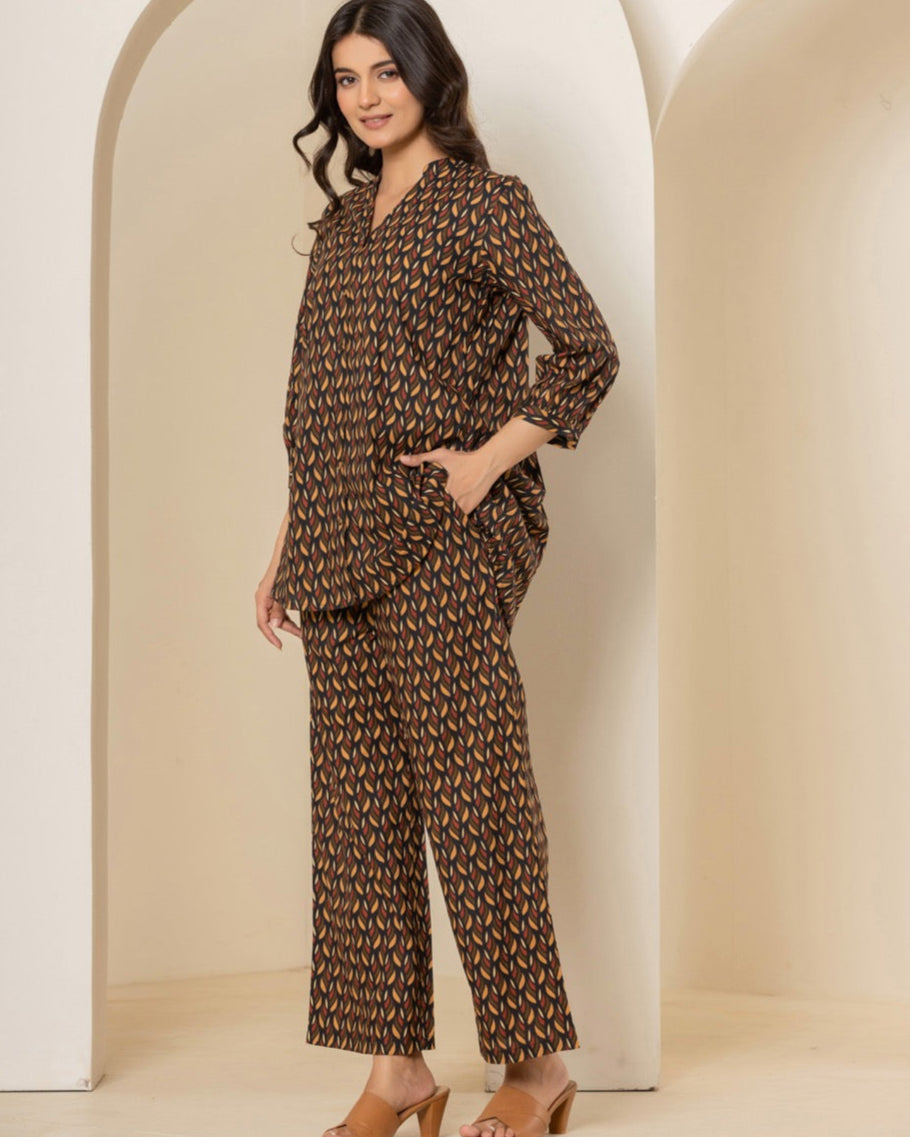











Comments
Ethnic wear for women never goes out of style! It’s the perfect blend of tradition, grace, and modern charm—always a go-to for any occasion. I really liked the Fatherscloset blogs, we also do similar work, for more information click on the link given below.
https://bhaeli.com/collection/phalak/